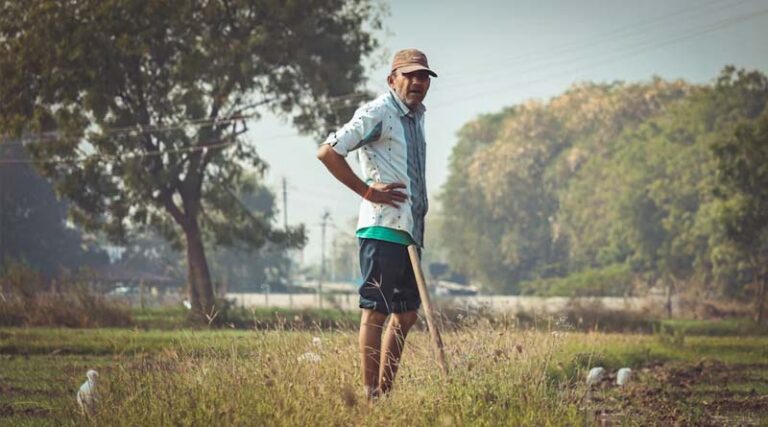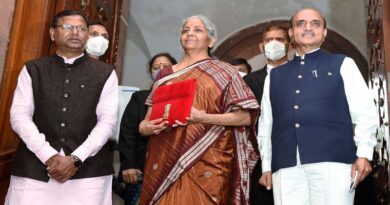
Government of Bihar Launches ₹50,000 per Hectare Subsidy for Fruit Cultivation to Boost Farmer Incomes
21 July 2025, New Delhi: In a progressive move to enhance farmer incomes and encourage agricultural diversification, the Government of Bihar has rolled out a new subsidy scheme under its Crop Diversification Programme. The initiative offers farmers a subsidy of ₹50,000 per hectare—roughly USD 600—for cultivating select fruit crops, including guava (amrud), Indian gooseberry (amla), apple ber, and lemon (nimbu). The scheme aims to reduce farmers’ dependence on traditional grain crops by promoting horticulture, which is increasingly seen as a viable and profitable alternative in the face of climate variability and market instability.
A Push Towards Climate-Resilient, High-Income Farming
The Department of Horticulture, Government of Bihar, has fixed the unit cost for cultivating these fruits at ₹1 lakh per hectare. To support farmers in managing initial costs, the government is offering a 50 percent subsidy. Officials have stated that horticulture crops like guava, amla, apple ber, and lemon can be more climate-resilient compared to traditional field crops and offer steady market demand throughout the year. With lower input requirements and higher returns, these crops are also seen as a more sustainable source of income for small and marginal farmers.
Defined Cultivation Targets to Ensure Effective Implementation
The state has also allocated specific target areas for the cultivation of each crop to ensure balanced promotion and resource management. According to the horticulture department, 20 hectares have been designated for amla, 25 hectares for apple ber, 30 hectares for lemon, and 30 hectares for guava. These targets are part of the government’s structured approach to gradually scale up horticultural cultivation in Bihar’s agro-climatic zones.
Two-Stage Financial Assistance for Long-Term Support
To ensure sustained support, the subsidy will be provided in two installments. The first installment, which constitutes 60 percent of the total subsidy amount, will be disbursed after the saplings are planted. The second installment, accounting for the remaining 40 percent, will be released in the subsequent year. This phased financial assistance model ensures that farmers have access to funds not just during plantation but also for maintenance and early-stage care of the fruit crops.
Application Procedure and Farmer Eligibility
Farmers interested in availing the benefits of this scheme are required to apply through the official portal of the Bihar Horticulture Department. The scheme follows a “first-come, first-served” model. Each eligible farmer can apply for assistance on a minimum of 0.1 hectare and up to a maximum of 4 hectares of land. Beyond this limit, no subsidy will be provided. During the application process, farmers must upload essential documents, including land ownership receipts from the past two years, an Aadhaar card or valid government ID, and any other documents required for verification. Once the application is verified and approved, a work order is issued, and government officials will inspect the plantation site before transferring the subsidy directly to the farmer’s bank account.
Recommended Planting Density for Maximum Output
To ensure uniform implementation and optimum yield, the horticulture department has also specified the number of plants required per hectare for each crop. For amla, the plantation density is set at 400 plants per hectare. Apple ber and guava each require 278 plants per hectare, while lemon cultivation is set at 555 plants per hectare. These standards are designed to help farmers achieve better productivity and marketable output within the available land.
Also Read: India to Begin GM Maize Trials in Punjab
📢 If You’re in Agriculture, Make Sure the Right People Hear Your Story.
From product launches to strategic announcements, Global Agriculture offers unmatched visibility across international agri-business markets. Connect with us at pr@global-agriculture.com to explore editorial and advertising opportunities that reach the right audience, worldwide.






